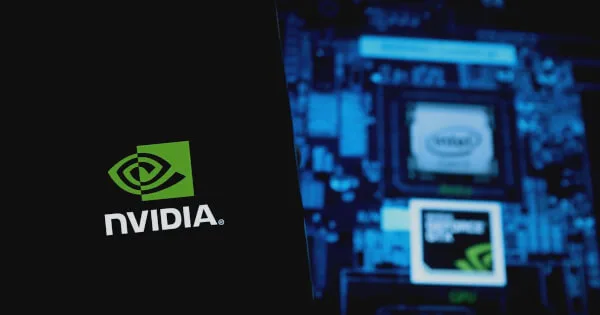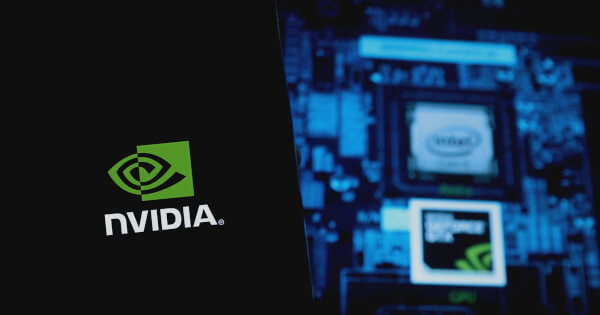Luisa Crawford
Oct 09, 2025 22:49
Discover how AI-enabled developer instruments are creating new safety dangers. Study in regards to the potential for exploits and mitigate them.
As builders more and more embrace AI-enabled instruments reminiscent of Cursor, OpenAI Codex, Claude Code, and GitHub Copilot for coding, these applied sciences are introducing new safety vulnerabilities, based on a current weblog by Becca Lynch on the NVIDIA Developer Weblog. These instruments, which leverage massive language fashions (LLMs) to automate coding duties, can inadvertently grow to be vectors for cyberattacks if not correctly secured.
Understanding Agentic AI Instruments
Agentic AI instruments are designed to autonomously execute actions and instructions on a developer’s machine, mimicking person inputs reminiscent of mouse actions or command executions. Whereas these capabilities improve improvement velocity and effectivity, in addition they improve unpredictability and the potential for unauthorized entry.
These instruments sometimes function by parsing person queries and executing corresponding actions till a process is accomplished. The autonomous nature of those brokers, categorized as degree 3 in autonomy, poses challenges in predicting and controlling the circulation of information and execution paths, which could be exploited by attackers.
Exploiting AI Instruments: A Case Research
Safety researchers have recognized that attackers can exploit AI instruments via methods reminiscent of watering gap assaults and oblique immediate injections. By introducing untrusted information into AI workflows, attackers can obtain distant code execution (RCE) on developer machines.
As an illustration, an attacker might inject malicious instructions right into a GitHub subject or pull request, which is likely to be routinely executed by an AI instrument like Cursor. This might result in the execution of dangerous scripts, reminiscent of a reverse shell, granting attackers unauthorized entry to a developer’s system.
Mitigating Safety Dangers
To deal with these vulnerabilities, specialists advocate adopting an “assume immediate injection” mindset when creating and deploying AI instruments. This includes anticipating that an attacker might affect LLM outputs and management subsequent actions.
Instruments like NVIDIA’s Garak, an LLM vulnerability scanner, might help establish potential immediate injection points. Moreover, implementing NeMo Guardrails can harden AI programs towards such assaults. Limiting the autonomy of AI instruments and implementing human oversight for delicate instructions can additional mitigate dangers.
For environments the place full autonomy is important, isolating AI instruments from delicate information and programs, reminiscent of via using digital machines or containers, is suggested. Enterprises can even leverage controls to limit the execution of non-whitelisted instructions, enhancing safety.
As AI continues to remodel software program improvement, understanding and mitigating the related safety dangers is essential for leveraging these applied sciences safely and successfully. For a deeper dive into these safety challenges and potential options, you may go to the complete article on the NVIDIA Developer Weblog.
Picture supply: Shutterstock
















